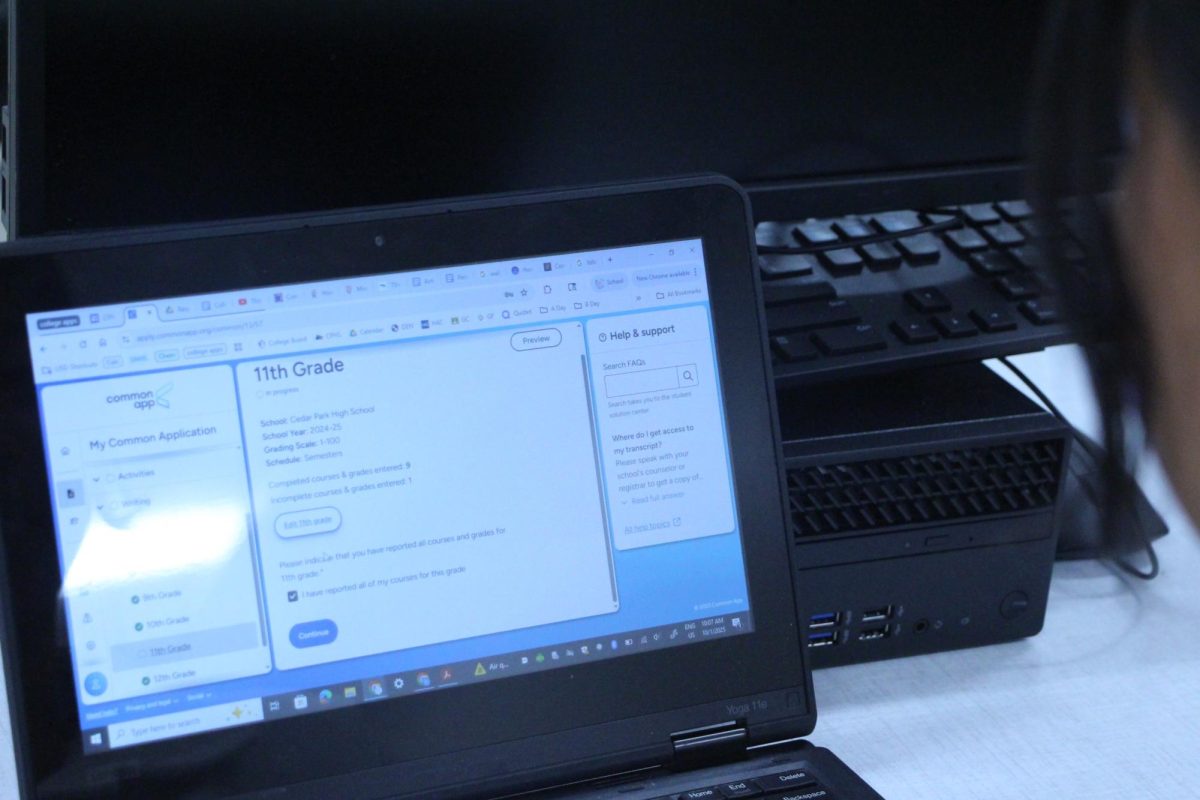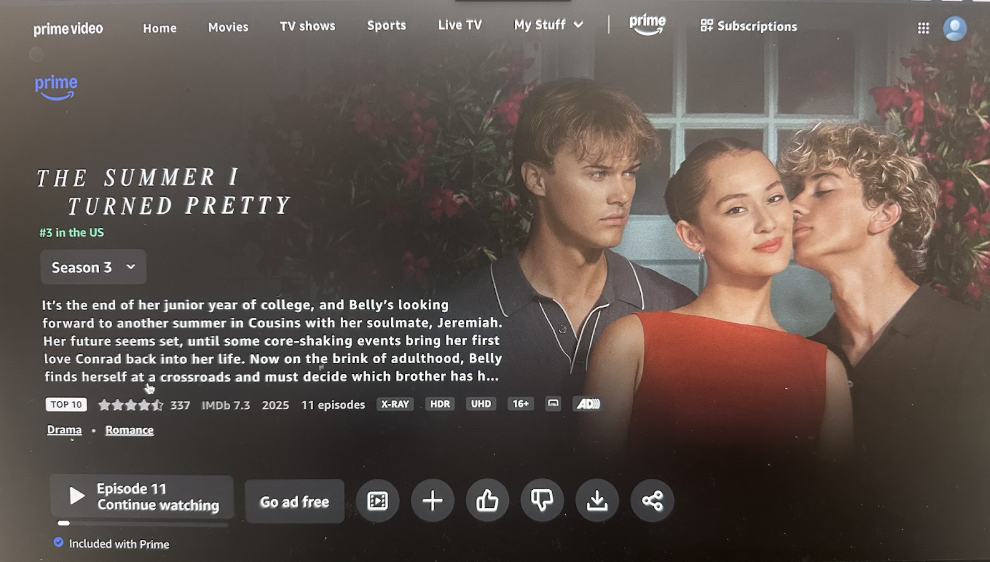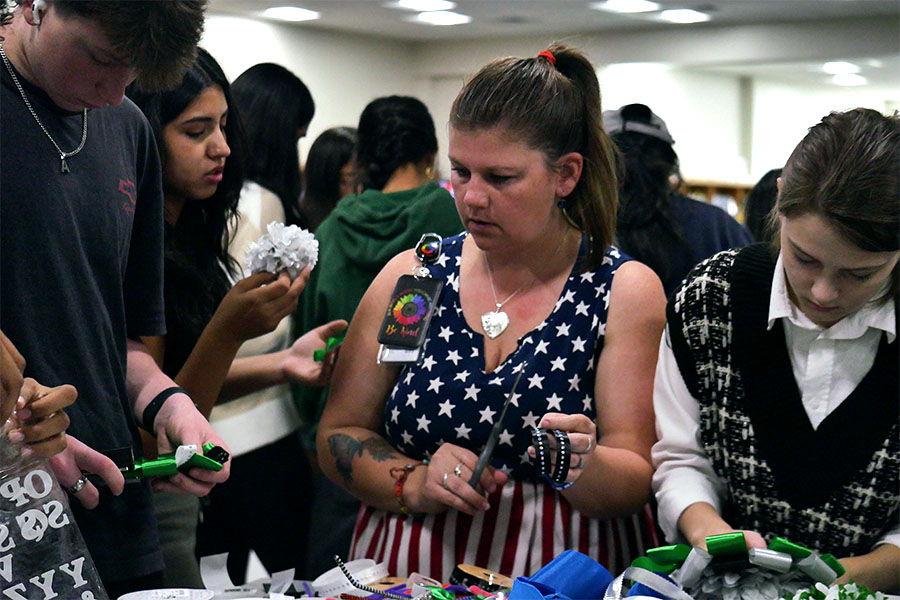Those tech-savvy people out there are probably already fairly acquainted with today’s e-reader technology – the devices used to upload and download electronic copies of books and papers. The first generation e-readers were clunky tablets with black-and-white text, nothing more. And when the second generation came along all that was really gained was a set of basic graphics – still all in black-and-white. But the arrival of a bold, new e-reader design has attracted the attention of almost every consumer electronics enthusiast.
Today all that is really available is the Kindle (released in 2007 by Amazon), the Nook (released in 2009 by Barnes & Noble), the Sony Reader (also released in 2009) and devices that are generally reminiscent of the same design. All in all, these displays are dull and lifeless, leaving the reader with only a small computer to read a book. But the third generation of e-readers is coming, and with this the former two generations will be blown out of the water..
The third generation designs, more sleek and thin constructs, have inspired several different companies to create their own e-readers, but one of the highest acclaimed versions of the third generation e-reader so far is the Skiff Reader.
With an 11.5 inch display and only about a quarter-inch thickness, the Skiff Reader has been dubbed one of the thinnest e-readers yet. The basic design is a sheet of plastic, placed over a sheet of stainless steel to ensure that the device is protected from the escapades of the more clumsy of people. While the bulk of this e-reader – more fittingly called e-paper – is steel, it is actually capable of flexing itself, similar to the flexibility of a poster board.
But aesthetics mean nothing if a device’s software cannot deliver. Luckily for consumers, the Skiff Reader has a continuous connection to a 3G network (via Sprint) and support for Wi-Fi hotspots. Thanks to these connections, users can download electronic copies of novels, articles and much more from anywhere a 3G network or Wi-Fi connection stretches.
Thanks to the use of a communications network that is already seasoned from operating with the 3G network, a reliable, continuous connection to textual downloads should be expected. Otherwise, without reliable connections to databases of text, this new e-reader is basically a piece of pretty tinfoil.
However, the display is what really matters in the eyes of the consumer. While a full color e-paper is not yet available, they are in development. As opposed to the LCD screens that can really be tough on the eyes after awhile, the screens to be used in the Skiff Readers will create a clear image that’s easy to read.
With the Skiff Reader, not only can the e-reader display books and papers, the device can also find articles from local and national news centers. The articles will automatically be refitted and reformatted to fit the Skiff Reader’s display, avoiding the issues of having to scroll back and forth to read only a single line of text.
The Skiff Reader will be available for purchase sometime at the end of this year at any Sprint retailer and on Sprint’s website – but expect similar knock-offs to begin cropping up soon after sales begin. Although it is unclear when at the end of the year the Skiff Reader will be made available for purchase, it seems that this luxurious upgrade to the older models of e-readers will be well worth the wait.










![Broadcast, yearbook and newspaper combined for 66 Interscholastic League Press Conference awards this year. Yearbook won 43, newspaper won 14 and broadcast took home nine. “I think [the ILPC awards] are a great way to give the kids some acknowledgement for all of their hard work,” newspaper and yearbook adviser Paige Hert said. “They typically spend the year covering everyone else’s big moments, so it’s really cool for them to be celebrated so many times and in so many different ways.”](https://cphswolfpack.com/wp-content/uploads/2025/05/edited-ILPC.jpg)





![Looking down at his racket, junior Hasun Nguyen hits the green tennis ball. Hasun has played tennis since he was 9 years old, and he is on the varsity team. "I feel like it’s not really appreciated in America as much, but [tennis] is a really competitive and mentally challenging sport,” Nguyen said. “I’m really level-headed and can keep my cool during a match, and that helps me play a bit better under pressure.” Photo by Kyra Cox](https://cphswolfpack.com/wp-content/uploads/2025/09/hasun.jpg)

![Bringing her arm over her head and taking a quick breath, junior Lauren Lucas swims the final laps of the 500 freestyle at the regionals swimming competition on date. Lucas broke the school’s 18-year-old record for the 500 freestyle at regionals and again at state with a time of 4:58.63. “I’d had my eye on that 500 record since my freshman year, so I was really excited to see if I could get it at regionals or districts,” Lucas said. “ State is always a really fun experience and medaling for the first time was really great. It was a very very tight race, [so] I was a bit surprised [that I medaled]. [There were] a lot of fast girls at the meet in general, [and] it was like a dogfight back and forth, back and forth.” Photo by Kaydence Wilkinson](https://cphswolfpack.com/wp-content/uploads/2025/03/Kaydence-2.7-23-edit-2.jpg)
![As her hair blows in the wind, senior Brianna Grandow runs the varsity girls 5K at the cross country district meet last Thursday. Grandow finished fourth in the event and led the varsity girls to regionals with a third place placement as a team. “I’m very excited [to go to regionals],” Grandow said. “I’m excited to race in Corpus Christi, and we get to go to the beach, so that’s really awesome.” Photo by Addison Bruce](https://cphswolfpack.com/wp-content/uploads/2025/10/brianna.jpg)











